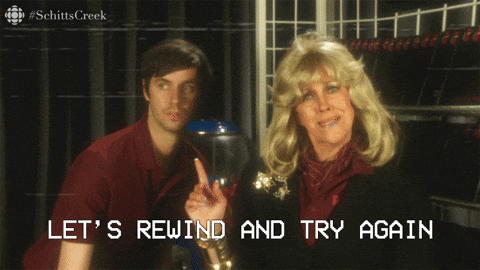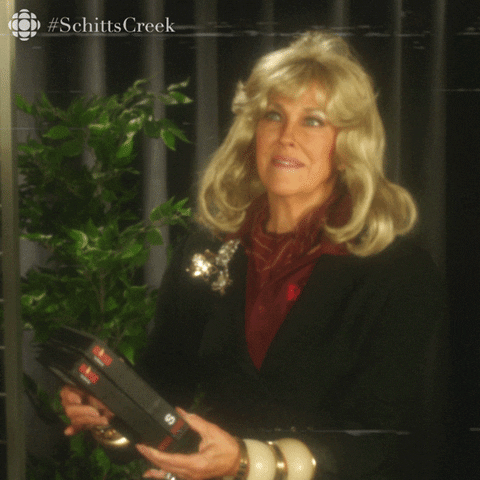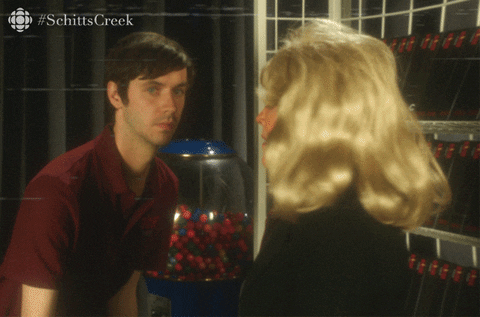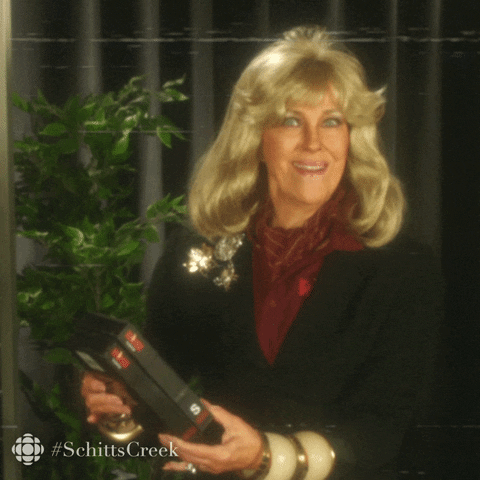Video killed the radio star. And the newspaper star. And the fax machine star. And the comically-large medieval scroll star. Basically, video is a mass murderer and needs to be stopped.

But where it's genocidal tendencies have really shone is in video marketing, and specifically video marketing for events. But it's a trick surprisingly underused.
In fact, video is 600% more effective than print and direct mail combined, and 1200% times more likely to be shared than links and text combined, according to Forrester.
Plus, 51.9% of marketing professionals worldwide name video as the type of content with the best ROI.
When marketing your event, you need to show prospective attendees why they should put their shoes on, brave the traffic, and head to your event. Remember, you've got to compete with Season Four of the Handmaid's Tale, and that stuff's getting juicy.
The key is to generate excitement. Though you can go on, and on, about how amazing your speakers are, you need to create that thrill in customers from the get-go. I mean, why do you think 64% of consumers purchase after watching branded videos?

So, it might be time to get out the camera, and director's chair, and start filming your magnum opus.
Before the event.
The main aims before the event are all about:
- Driving registration
- Enticing viewers
- Increasing virality
Your use of video can begin as soon as your event is announced.
Like we've introduced above, video is a great way to show people what they can expect from your event - the vibe, the excitement, the atmosphere. Including photos and video clips from previous events can lead to FOMO, and then to more registrations.
Basically, in your promo video, you've got to answer:
- Why should attendees turn up to your event?
- What will be the benefit of attending?
- What makes your experience unique?
- What will attendees learn?
- How will they miss out, by not being there?
Ticket launches are an example of where video can be used. A ticket launch video can be crafted, using your own brand identity, to build awareness and excitement.
Pre-event announcements will come soon after. Following the ticket launches, new details of your event will need to emerge. Say you book a key speaker, a real big-wig. A video is the perfect way to share this update. Keep in mind what your specific audience will be most excited about, and put this at the beginning of the video.
Event reminders need to be eye-catching and exciting, in the run up to the date. A video can answer FAQs, in a way which is fun, easy, and engaging. Think about tackling things like: "Where do I sign in on the day? "When does registration begin?" "Are there any hashtags or themes I should be aware of?"
Conference landing pages are being used more and more. Many events have their own landing pages or microsites, which focus on the event alone. These can minimise distractions and encourage more sign ups.
Attracting speakers can be difficult too. One way to get them over to your side is to woo them with a nice promo video.
This'll show them exactly what the event will be like, how previous speakers have found it, and that the event is going to be fun. No-one wants to speak at a boring, dry event.

Something else you might consider is the ever-growing popularity of influencers, on video sites such as YouTube. These individuals can be a great resource for promoting events. Influencers can extend your reach, and increase sources of traffic by exposing you to potential prospects.
Influencers also give you a way to express your creativity. As more and more people block ads, marketers are looking for ways to make their brands seem authentic, using trusted voices.
During the event.
The main aims during the event are to:
- Retain virality and buzz
- Keep momentum going
- Prevent technical difficulties
Short videos during the event can really keep the hype going. It can give attendees something to share with their friends, to show them where they are, and how much they're enjoying themselves. This might mean they become customers at your next event.
Videos can also inspire attendees to give testimonials and interviews, which you can also use for future events.
Both of these can even be achieved with you in the passenger seat, your attendees driving. Keep an eye on social media, and look for videos posted on your event hashtag, and then share these videos on your event social profiles.
Plus, by recording your sessions, you can reuse that content, and even sell it if you're looking for more ways to drive event revenue.
Another way you can use video during the event is giving your speakers a proper introduction. Using previous video footage online, you can create a pretty solid intro video. Use humour, and poke (a suitable amount of) fun at the individual.
Using videos during talks is often avoided by speakers due to, all too common, technical difficulties.
However, audiences love video, so it's a good idea to work with a technical team to make sure you can offer speakers the ability to use videos during their talks.

After the event.
The main aims after the event include:
- Drive action
- Remind attendees of the fun of the event
- (Even) more virality
Right, so the event was a roaring success. There were champagne fountains, white tigers, and Scott Brinker shook your hand.
So, they'll be people lining up round the block to do business. But what about those people who are more into red wine, and orange tigers? Well, a video recap of the event can help remind people who are unsure what you're all about. Plus it can bring back memories about what they learnt at the event, and what they enjoyed.
You can also use this video to encourage people to attend future events. Video can highlight some of the best moments of the event, and can lead to greater attendance in the future. It's all about retaining engagement after the event, and keeping the buzz going until next year.
If you want to take it even further, you could record a video thanking those involved, and those who attended. You might even send a personalised video to those who helped the most, or your sponsors. They'll be more likely to help in the future, if they feel appreciated.
Also, make sure video content is freely available, don't put everything behind a paywall. Share at least some of your video content, as a little sampler for what people will get next year.
You can also create different kinds of videos for different contexts. This might be short content for social media, or uncut recordings of the talks on your website. You can use, and re-use, the same videos, cut and utilised in different ways, to save time and money.
These can involve:
- Recaps and highlight videos
- Full length speaker recordings
- Sneak peak offerings

